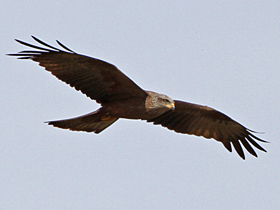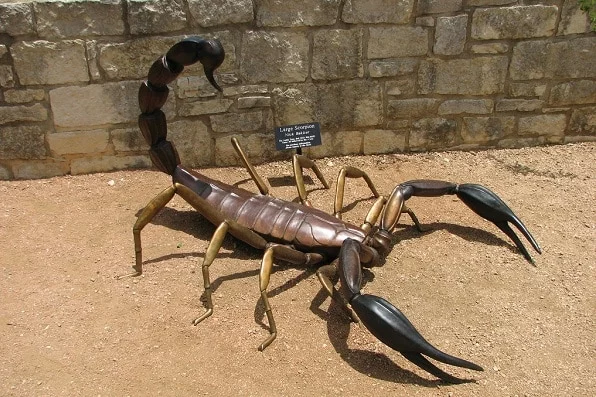I’ve been very vocal and honest in my work with Goddess Isis (Aset). I have not wanted to post my workings with her, for fear of my work and insights being stolen.
Goddess Aset has given me the courage to step forward to reveal am inner-working of my spirit that needs to come out. At the start of my journey, I have had people laugh or question my entire pathworking.
While it is not the time to spill that can of worms, it is time to spill the beans of Goddess Isis. Between Beliel and Goddess Aset, I’ve come to know what I want in my own human experience.
Isis, Egyptian Aset or Eset, one of the most important goddessesof ancient Egypt. Her name is the Greek form of an ancient Egyptian word for “throne". (Forgot Source)
Isis was very important to the ancient Egyptians because she had so many different powers. She was both the protector of women and the bringer of magic. Isis began as a secondary figure to her husband Osiris, however after thousands of years of worship, she was transformed into the Queen of the Universe and the embodiment of Cosmic order. By the Roman period, she was believed to control the power of fate itself. (Source)
The Secret Names of Isis
- Lou LouLou
- Batharthar
- Tharêsibath
- Atherneklêsich
- Athernebouni
- Êichomô
- Chomôthi
- Isis Sothis
- Souêri
- Bubastis
- Eurelibât
- Chamari
- Neboutos
- Ouêri
- Aie
- Eoa
- Oai
- Asao
- Eio
- Nisaôth
- Nemesis
- Adrasteia
Qabalists will be interested to note that there are 22 magical names of Isis in this formula. (The other names are names of Thoth.) But I’d like to narrow down the list a bit for the sake of compactness and magical wield-yness. So I’ll remove Isis Sothis since its a fairly commonly known epithet of the Goddess. I’ll remove Nemesis and Adrasteia as well; these are Greek Goddess names that were applied to Isis in Her role as Justice Bringer. (Nemesis is a Goddess of retribution, especially Divine retribution, and Adrasteia’s name means “Inescapable.”) Neboutos may be a corruption of Nebetho or Nephthys, and though She is Isis’ twin, let’s remove that name for now. Athernebouni might (just a guess) also refer to Nephthys, but since it’s clearly parallel with Atherneklêsich, let’s leave it in. Bubastis is Bast, a Goddess in Her own right, so let’s let Her go Her own way. And finally, I think that Aie, Eoa, Oai, and maybe Asao and Eio, are magical permutations of (mostly) vowels rather than names. Wonderful, beautiful, and magical, such permutations are definitely part of Egyptian magic, but I won’t count them as names of Isis in this case.
That leaves 12 names of the Goddess, a number that inevitably reminds me of the Egyptian 12 Hours of the Night (and it would have to be of the night rather than the day, for these are mysterious names of the Goddess):
- Lou LouLou
- Batharthar
- Tharêsibath
- Atherneklêsich
- Athernebouni
- Êichomô
- Chomôthi
- Souêri
- Eurelibât
- Chamari
- Ouêri
- Nisaôth
The only ones of these names about which I can even guess are Souêri and Ouêri. I think both are corruptions or mis-hearings of Weret, “The Great One,” which was certainly an epithet of the Great Goddess Isis. (Source)
Her compassion, love, and tenderness have made her especially dear to women throughout time. As the protector of women, Isis helped women in childbirth and comforted women when their loved ones died. She shows us that women have great reservoirs of strength and inspiration.
Isis reconnects us with our innate healing powers, and so is beloved by healers. She supports everyone’s quest to reclaim their individual power and take responsibility for their healing journey. She shows us our ability to heal ourselves and to heal others. Isis can help to awaken your healing abilities and healing intuition, your ability to communicate with the physical body and to intuit any needs you may have for healing. She empowers you to use the healing power of love and gratitude and to raise the energy level of the physical body by connecting to Source. (Source)

ISIS CORRESPONDENCES
ORIGIN: Egypt
Isis may be the most well-known and respected Goddess on Earth. She was venerated in Egypt for thousands of years, and so beloved was She that her worship spread throughout Western Asia and Europe as far as the Thames River in England.
FAVORED PEOPLE: Everyone, but especially women, single mothers, orphans, occultists and mariners.
MANIFESTATION: Isis may take any form She chooses, some more common manifestations include a cow, swallow, beautiful queen, a pregnant woman, or a woman devastated by despair and grief.
ICONOGRAPHY: Isis is portrayed in many forms:
- Traditional images of Isis are a prototype for the modern Madonna and child.
- A woman carved in black stone holding a nursing baby to Her breast.
- Isis wears a crown topped by a throne, or a crown of horns cradling the Full Moon
- The Louvre in Paris has a terra-cotta image of Isis weeping for Her true love Osiris.
SPIRIT ALLIES: Anubis, Nephthys, Heket, Min, Bes, Khunum, Selket and the Scorpion Guardians.
EMBLEM: The tyet amulet, also known as the Buckle of Isis or Blood of Isis is a protective amulet usually formed from carnelian or red glass.
Colours: Silver, white
ELEMENT: Water
HERBS: Vervain, myrrh tree, fig
MINERAL: Bloodstone
METAL: Gold
SACRED ANIMALS: Snakes, cows, crocodiles, scorpions, kites, swallows
PLANET: Moon
CONSTELLATION: Virgo
STAR: Sirius
SACRED SITE: It is thought that the name Paris is derived from Par-Isis. In Roman times Isis had a temple at the western limits of the city, on the Left Bank of the Seine. The churches of Saint Sulpice and Saint Germain-des-Pres are built over sites once dedicated to Isis.
OFFERINGS: Milk, honey, flowers, incense and candles.
Why does she have wings?
The first and easiest answer is that Isis is a Bird Goddess. Her most important sacred animal is a bird of prey. The Goddess often takes the form of Her sacred raptor; the kestrel (the most common falcon in Egypt) or the black kite.
In Egyptian art, when Isis and Nephthys are not shown as women, They are shown in full bird-form or sometimes as woman-headed kites or kestrels sitting or hovering by the bier of Osiris. As birds, Isis and Nephthys mourn Osiris, screeching Their shrill bird cries to express Their sorrow. Even quite late, Isis and Nephthys were shown with wings attached to Their arms—which is the way we are most used to seeing Isis’ wings portrayed—or wearing a garment of stylized wings that wrap gracefully around Their bodies.
Kites were connected with funeral customs from at least the beginning of the Old Kingdom, if not earlier. Texts speak of a woman called The Kite who was the Pharaoh’s chief female funerary attendant. She was supposed to remove poisons from the deceased, magically purifying him. (Source)
The Black Kite
This is my personal bird








